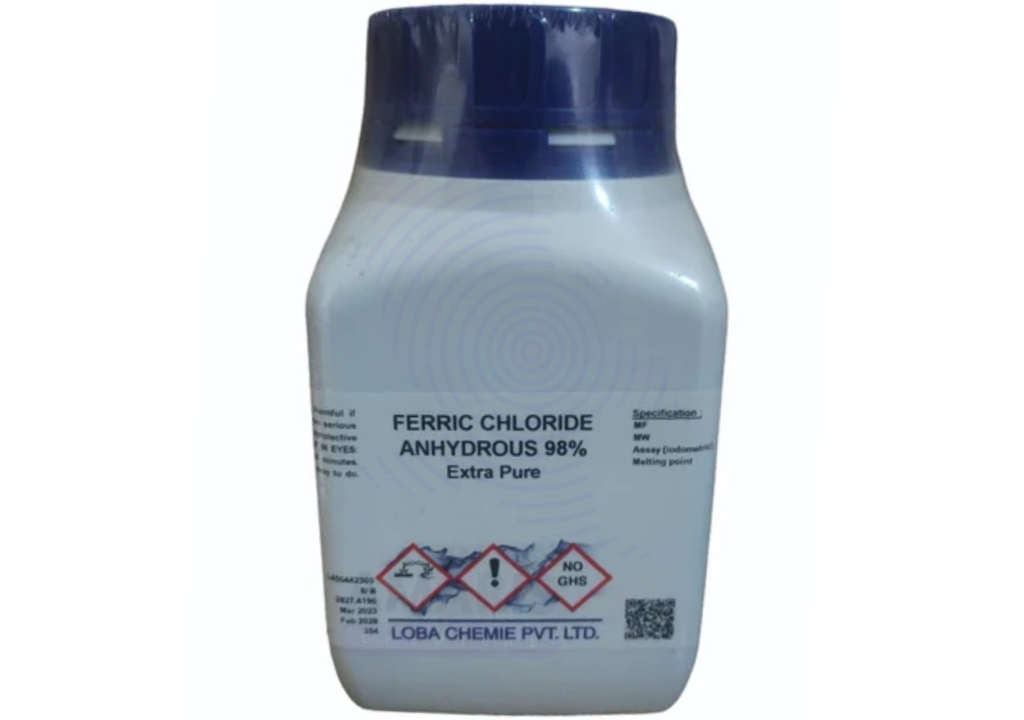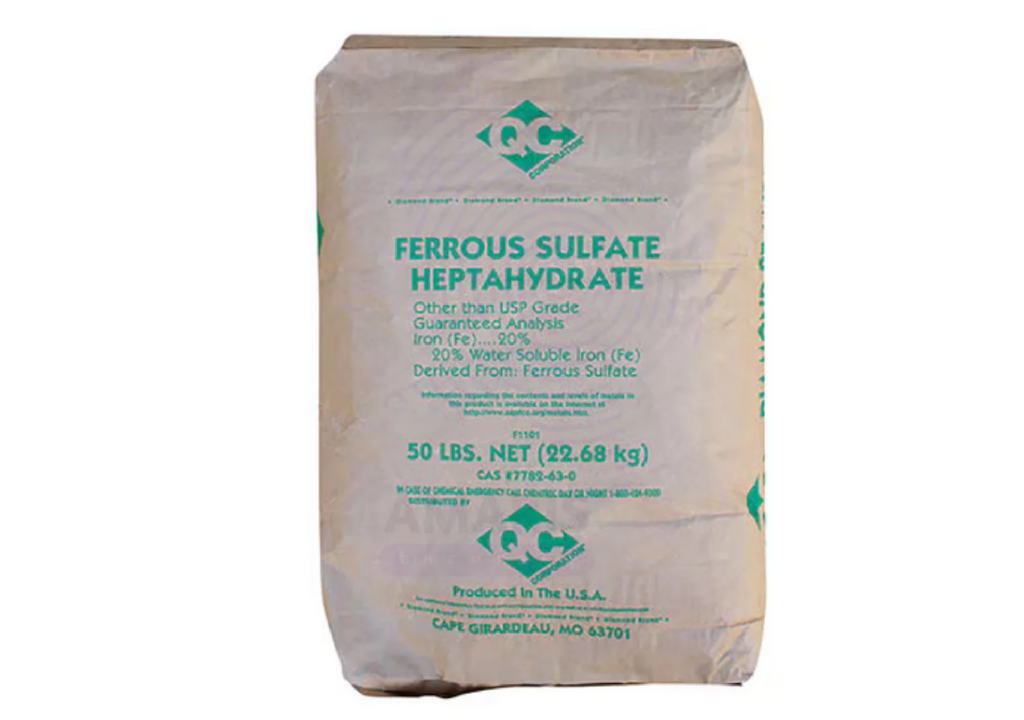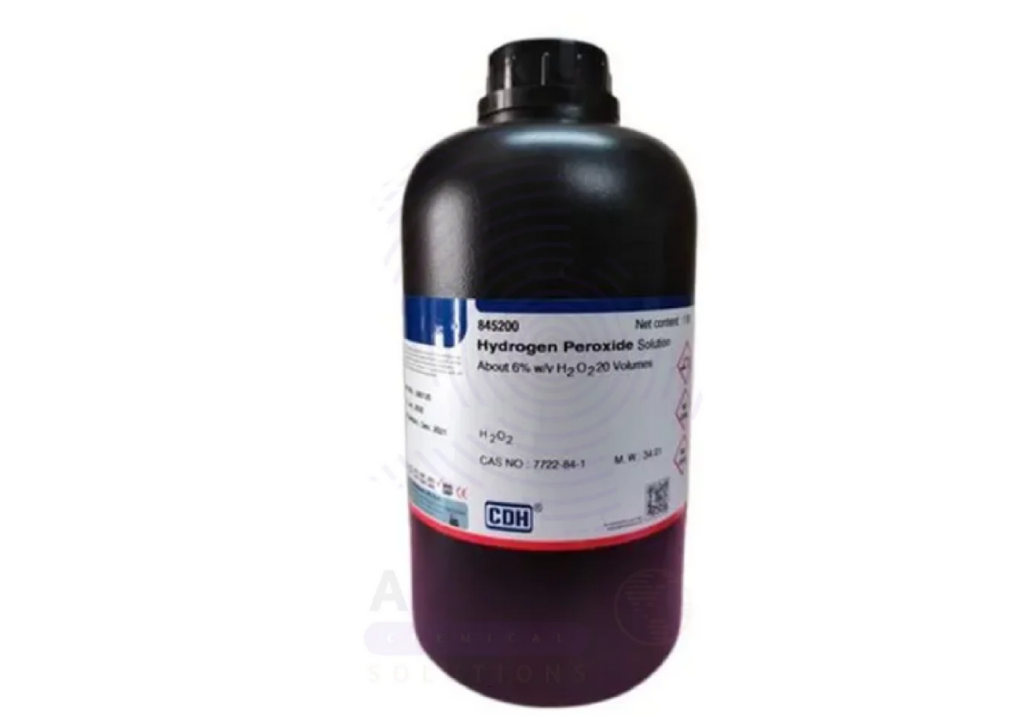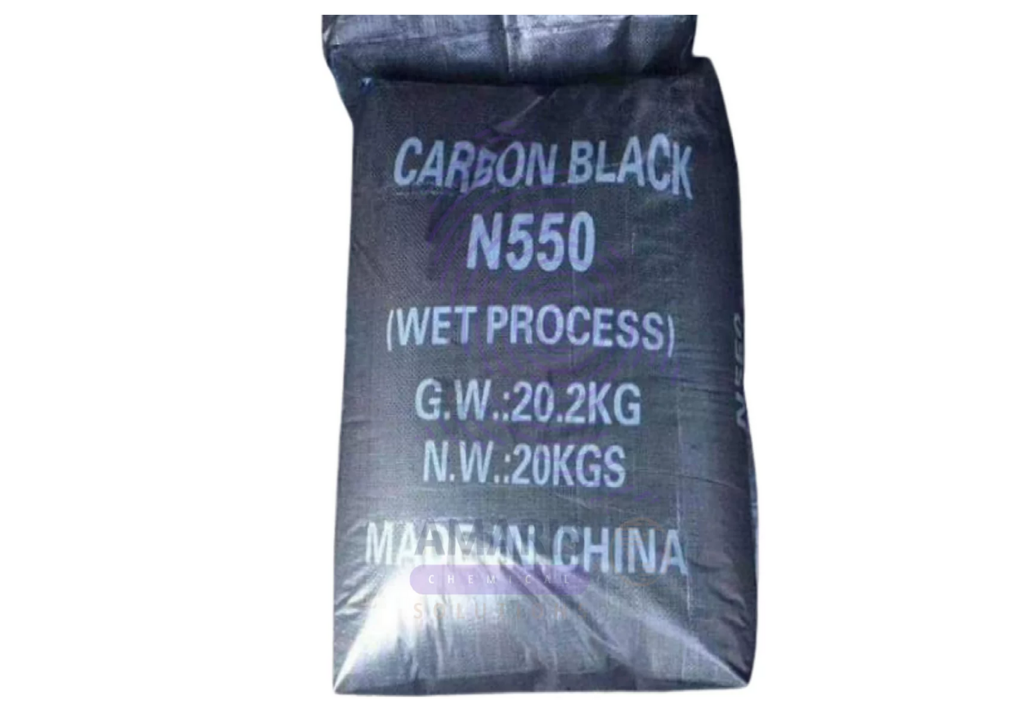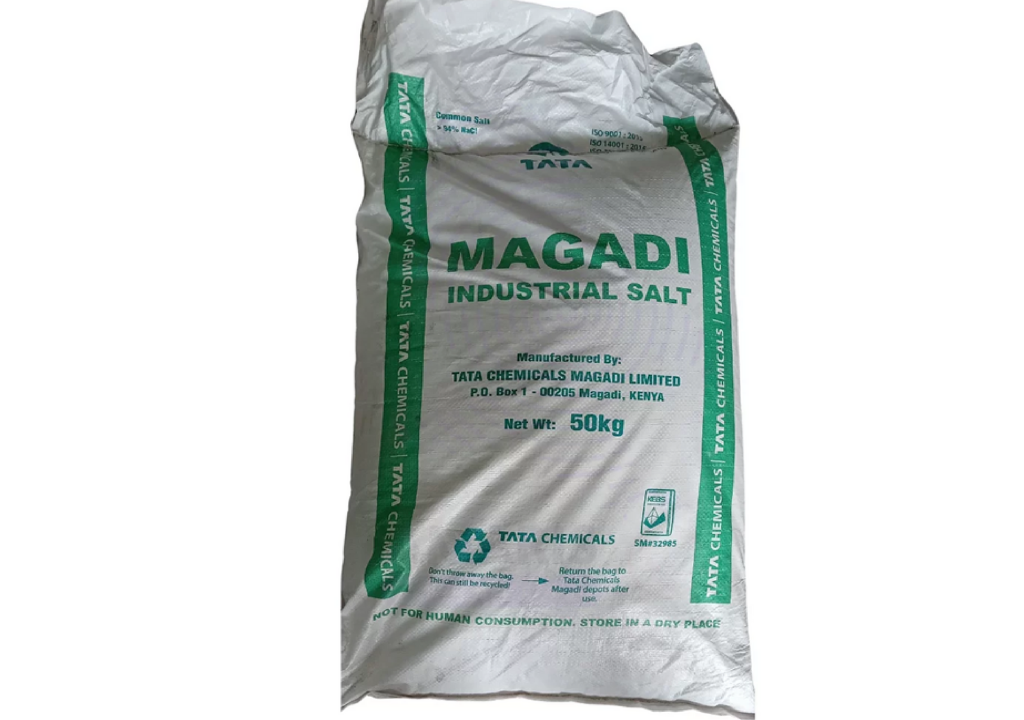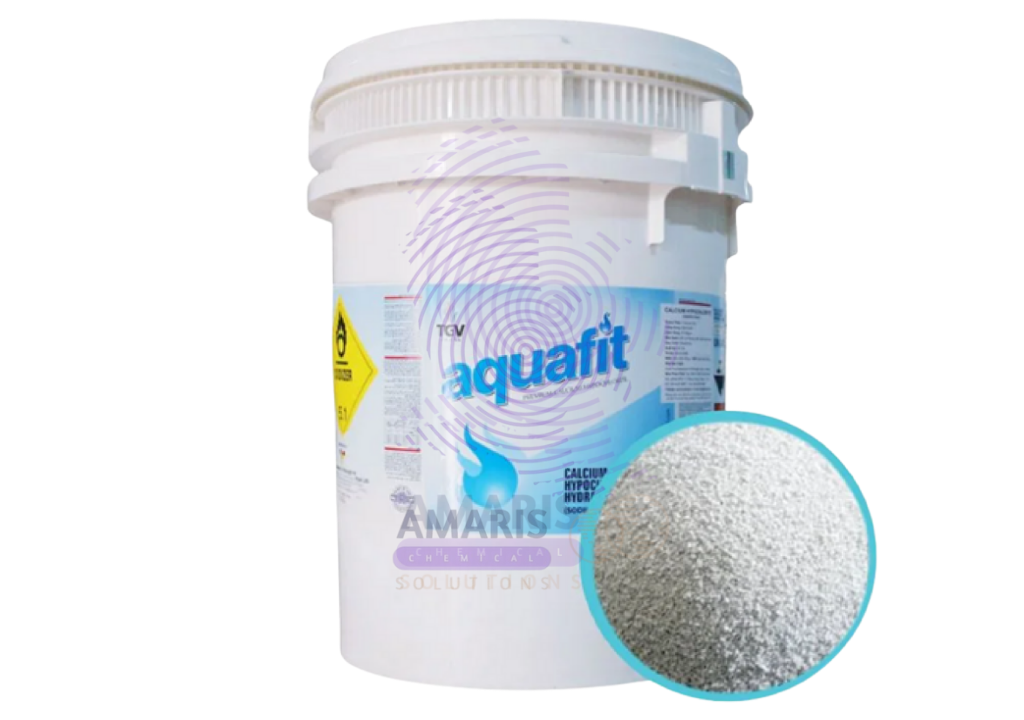Sodium Hexametaphosphate (Shmp): The Versatile Water Treatment & Food Additive
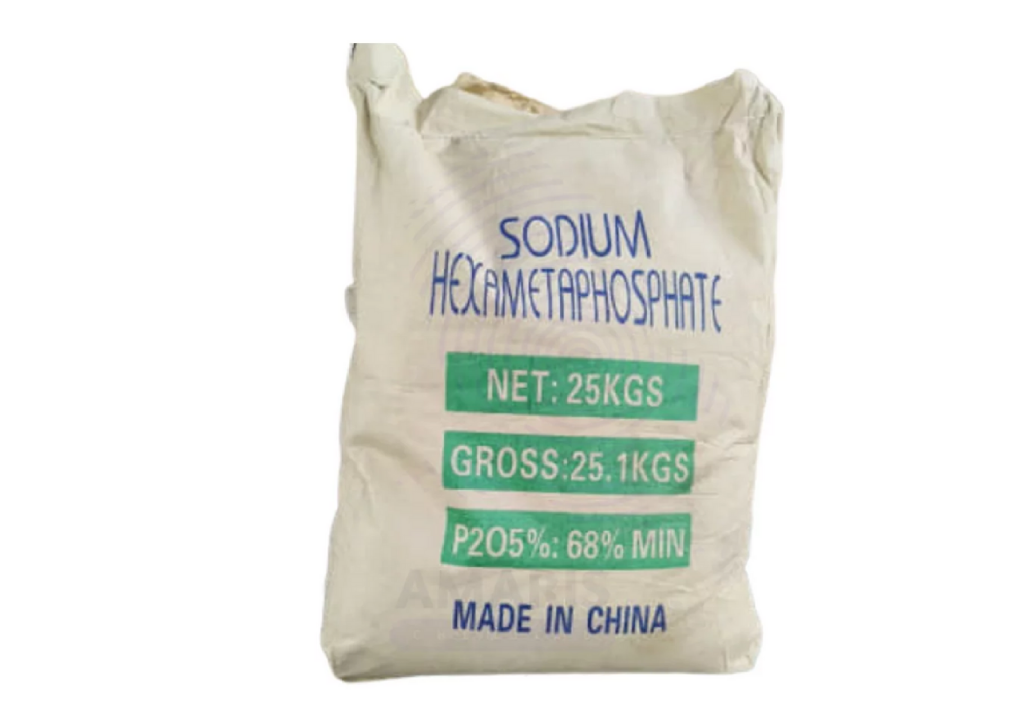
Sodium hexametaphosphate (Na₆(PO₃)₆) is a complex phosphate polymer that serves as one of the most effective water softeners, scale inhibitors, and food texture modifiers. With its unique sequestering and dispersing properties, this white powder plays critical roles in water treatment, food processing, and industrial cleaning applications. Global demand exceeds 500,000 metric tons annually due to its cost-effectiveness and multifunctionality.
Key Properties & Specifications
Physical & Chemical Characteristics
- Appearance: White crystalline powder or granules
- Solubility: 200 g/L in water (20°C)
- pH: 6.0-7.5 (1% solution)
- Chain Length: 10-20 PO₃ units (commercial grades)
- Chelation Value: 150 mg CaCO₃/g (at pH 7)
Technical Grades
| Grade | P₂O₅ Content | Insolubles | Primary Use |
| Food (E452i) | 68-70% | ≤0.1% | Meat processing, dairy |
| Industrial | 65-68% | ≤0.5% | Water treatment |
| Detergent | 63-65% | ≤1.0% | Laundry additives |
| High-Purity | ≥70% | ≤0.05% | Pharmaceutical uses |
Major Applications
1. Water Treatment (40% of global use)
- Scale Inhibition:
- Binds Ca²⁺/Mg²⁺ at 5-20 ppm
- Prevents boiler/cooling tower deposits
- Corrosion Control:
- Forms protective films on pipes
- Case Study: Power plants achieve 30% longer equipment life with SHMP treatment
2. Food Industry (E452i)
- Meat Processing:
- 0.3-0.5% improves water retention
- Increases yield by 5-8%
- Dairy Products:
- Prevents gelation in UHT milk
- Seafood:
- Maintains moisture in frozen fish
3. Industrial Cleaners
- Dairy CIP Systems:
- 1-2% solutions remove milkstone
- Bottle Washing:
- Prevents lime scale (0.5-1% solutions)
4. Other Uses
- Ceramics:
- Deflocculant in clay slips
- Textiles:
- Peroxide stabilizer in bleaching
- Oil Drilling:
- Mud dispersant
Production Process
1. Thermal Polymerization
- Reaction:
- NaH₂PO₄ → (NaPO₃)ₙ at 600-800°C
- Quenching:
- Rapid cooling forms glassy granules
2. Quality Control
- Chain Length Adjustment:
- Controlled cooling rates
- Solubility Optimization:
- Grinding to 40-100 mesh
Safety & Regulatory Status
✅ Food Grade Approval:
- FDA 21CFR182.90 (GRAS)
- EU E452i (5g/kg max in meats)
⚠ Handling Precautions:
- Dust inhalation risk (use masks)
- Mild skin irritant (wear gloves)
♻ Environmental Impact:
- Biodegradation:
- Hydrolyzes to orthophosphate
- Eutrophication Risk:
- Requires wastewater treatment
Market Trends
Global Production
- Top Producers:
- China (60%)
- Innophos, Aditya Birla
- Price Range:
- $800-1,200/ton (2024)
Emerging Alternatives
- Polyaspartates:
- More biodegradable
- Phytate:
- Natural chelator
Comparison to Other Phosphates
| Phosphate | Chelation Capacity | pH Stability | Cost Factor |
| SHMP | High (150 mg/g) | 5-9 | 1.0x |
| STPP | Higher (170 mg/g) | 6-10 | 1.2x |
| Sodium Tripolyphosphate | Moderate | 9-12 | 0.8x |
| EDTA | Highest | 2-11 | 5.0x |
Conclusion
Sodium hexametaphosphate remains the workhorse of water treatment and food processing due to its exceptional sequestering power and cost efficiency. While facing competition from greener alternatives, its unique combination of properties ensures continued demand across industries. Future developments focus on controlled-release formulations and biodegradable derivatives to address environmental concerns.


 Preservatives(food)
Preservatives(food) Flavor Enhancers
Flavor Enhancers Acidulants
Acidulants Sweeteners
Sweeteners Antioxidants
Antioxidants Colorants(food)
Colorants(food) Nutraceutical Ingredients (food)
Nutraceutical Ingredients (food) Nutrient Supplements
Nutrient Supplements Emulsifiers
Emulsifiers
 Collectors
Collectors Dust Suppressants
Dust Suppressants Explosives and Blasting Agents
Explosives and Blasting Agents Flocculants and Coagulants
Flocculants and Coagulants Frothers
Frothers Leaching Agents
Leaching Agents pH Modifiers
pH Modifiers Precious Metal Extraction Agents
Precious Metal Extraction Agents
 Antioxidants(plastic)
Antioxidants(plastic) Colorants (Pigments, Dyes)
Colorants (Pigments, Dyes) Fillers and Reinforcements
Fillers and Reinforcements Flame Retardants
Flame Retardants Monomers
Monomers Plasticizers
Plasticizers Polymerization Initiators
Polymerization Initiators Stabilizers (UV, Heat)
Stabilizers (UV, Heat)
 Antifoaming Agents
Antifoaming Agents Chelating Agents
Chelating Agents Coagulants and Flocculants
Coagulants and Flocculants Corrosion Inhibitors
Corrosion Inhibitors Disinfectants and Biocides
Disinfectants and Biocides Oxidizing Agents
Oxidizing Agents pH Adjusters
pH Adjusters Scale Inhibitors( water)
Scale Inhibitors( water)
 Antioxidants(cosmetic)
Antioxidants(cosmetic) Emollients
Emollients Fragrances and Essential Oils
Fragrances and Essential Oils Humectants
Humectants Preservatives
Preservatives Surfactants(cosmetic)
Surfactants(cosmetic) Thickeners
Thickeners UV Filters
UV Filters
 Fertilizers
Fertilizers Soil Conditioners
Soil Conditioners Plant Growth Regulators
Plant Growth Regulators Animal Feed Additives
Animal Feed Additives Biostimulants
Biostimulants Pesticides (Herbicides, Insecticides, Fungicides)
Pesticides (Herbicides, Insecticides, Fungicides)
 Active Pharmaceutical Ingredients (APIs)
Active Pharmaceutical Ingredients (APIs) Excipients
Excipients Solvents(pharmaceutical)
Solvents(pharmaceutical) Antibiotics
Antibiotics Antiseptics and Disinfectants
Antiseptics and Disinfectants Vaccine Adjuvants
Vaccine Adjuvants Nutraceutical Ingredients (pharmaceutical)
Nutraceutical Ingredients (pharmaceutical) Analgesics & Antipyretics
Analgesics & Antipyretics
 Analytical Reagents
Analytical Reagents Solvents(lab)
Solvents(lab) Chromatography Chemicals
Chromatography Chemicals Spectroscopy Reagents
Spectroscopy Reagents microbiology-and-cell-culture-reagents
microbiology-and-cell-culture-reagents Molecular Biology Reagents
Molecular Biology Reagents Biochemical Reagents
Biochemical Reagents Inorganic and Organic Standards
Inorganic and Organic Standards Laboratory Safety Chemicals
Laboratory Safety Chemicals Specialty Laboratory Chemicals(Special Laboratory Equipment)
Specialty Laboratory Chemicals(Special Laboratory Equipment)
 Demulsifiers
Demulsifiers Hydraulic Fracturing Fluids
Hydraulic Fracturing Fluids Scale Inhibitors(oil)
Scale Inhibitors(oil) Surfactants(oil)
Surfactants(oil) Drilling Fluids
Drilling Fluids
 Dyes and Pigments
Dyes and Pigments Bleaching Agents
Bleaching Agents Softening Agents
Softening Agents Finishing Agents
Finishing Agents Antistatic Agents
Antistatic Agents
 Admixtures
Admixtures Waterproofing Agents
Waterproofing Agents Sealants and Adhesives
Sealants and Adhesives Curing Compounds
Curing Compounds Concrete Repair Chemicals
Concrete Repair Chemicals Anti-Corrosion Coatings
Anti-Corrosion Coatings
 Surfactants(cleaning)
Surfactants(cleaning) Builders
Builders Enzymes
Enzymes Solvents (Cleaning)
Solvents (Cleaning) Fragrances
Fragrances
 Electronic Chemicals
Electronic Chemicals Catalysts
Catalysts Lubricants
Lubricants Photographic Chemicals
Photographic Chemicals Refrigerants
Refrigerants Automotive chemicals
Automotive chemicals Pyrotechnic Chemicals
Pyrotechnic Chemicals
 Biodegradable Surfactants
Biodegradable Surfactants Bio-based Solvents
Bio-based Solvents Renewable Polymers
Renewable Polymers Carbon Capture Chemicals
Carbon Capture Chemicals Wastewater Treatment Chemicals
Wastewater Treatment Chemicals
 Pigments
Pigments Solvents(paint)
Solvents(paint) Specialty Coatings
Specialty Coatings Binders/Resins
Binders/Resins Additives
Additives Driers
Driers Anti-Corrosion Agents
Anti-Corrosion Agents Functional Coatings
Functional Coatings Application-Specific Coatings
Application-Specific Coatings
 Fresh Herbs
Fresh Herbs Ground Spices
Ground Spices Whole Spices
Whole Spices Spice Blends
Spice Blends Dried Herbs
Dried Herbs
 Leavening Agents
Leavening Agents Dough Conditioners
Dough Conditioners Flour Treatments
Flour Treatments Fat Replacers
Fat Replacers Decoratives
Decoratives Preservatives(baking)
Preservatives(baking)
 Plasticizers & Softeners
Plasticizers & Softeners Reinforcing Agents
Reinforcing Agents Adhesion Promoters
Adhesion Promoters Vulcanizing Agents
Vulcanizing Agents Antidegradants
Antidegradants Blowing Agents
Blowing Agents Fillers & Extenders
Fillers & Extenders Accelerators & Retarders
Accelerators & Retarders
